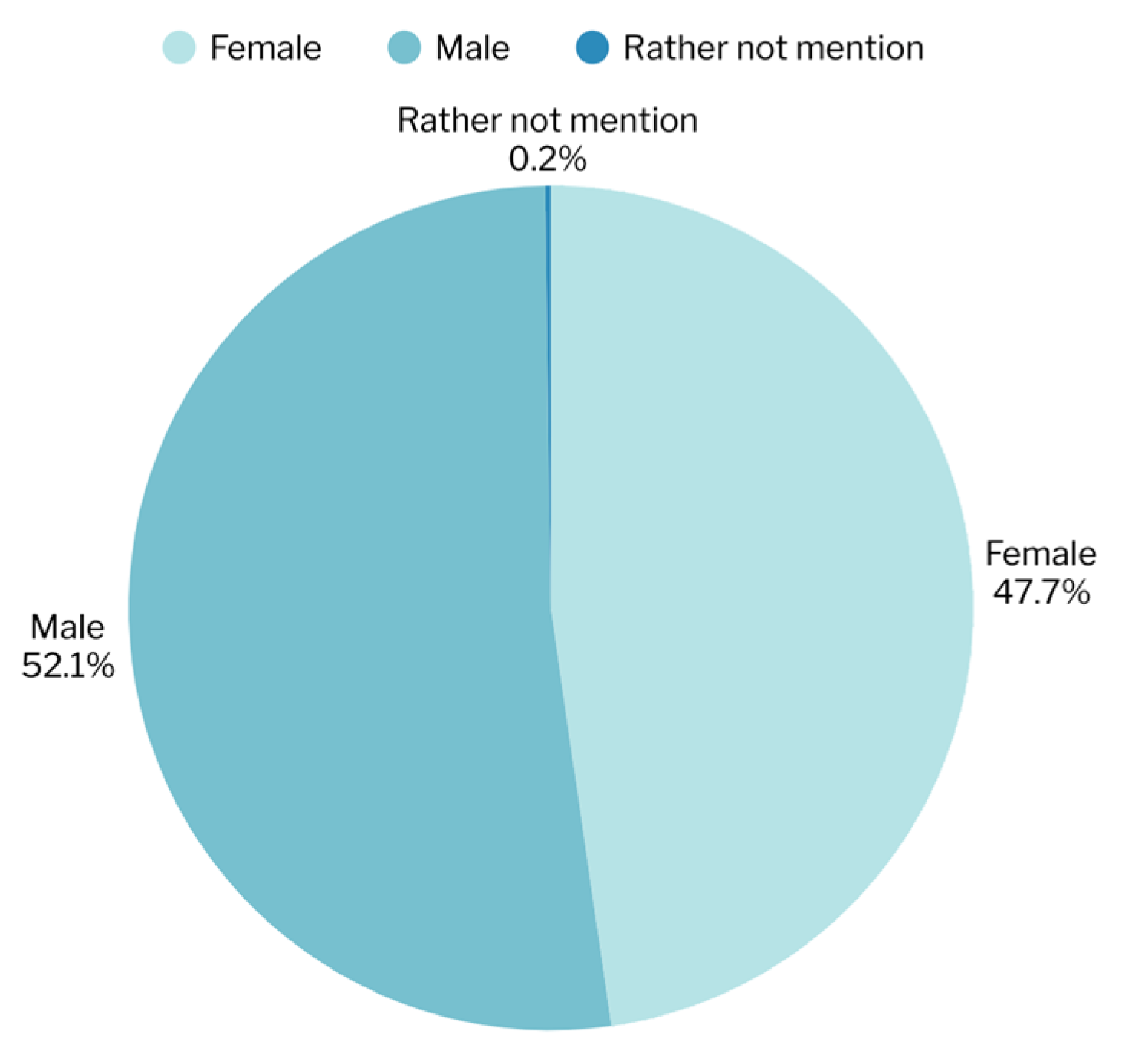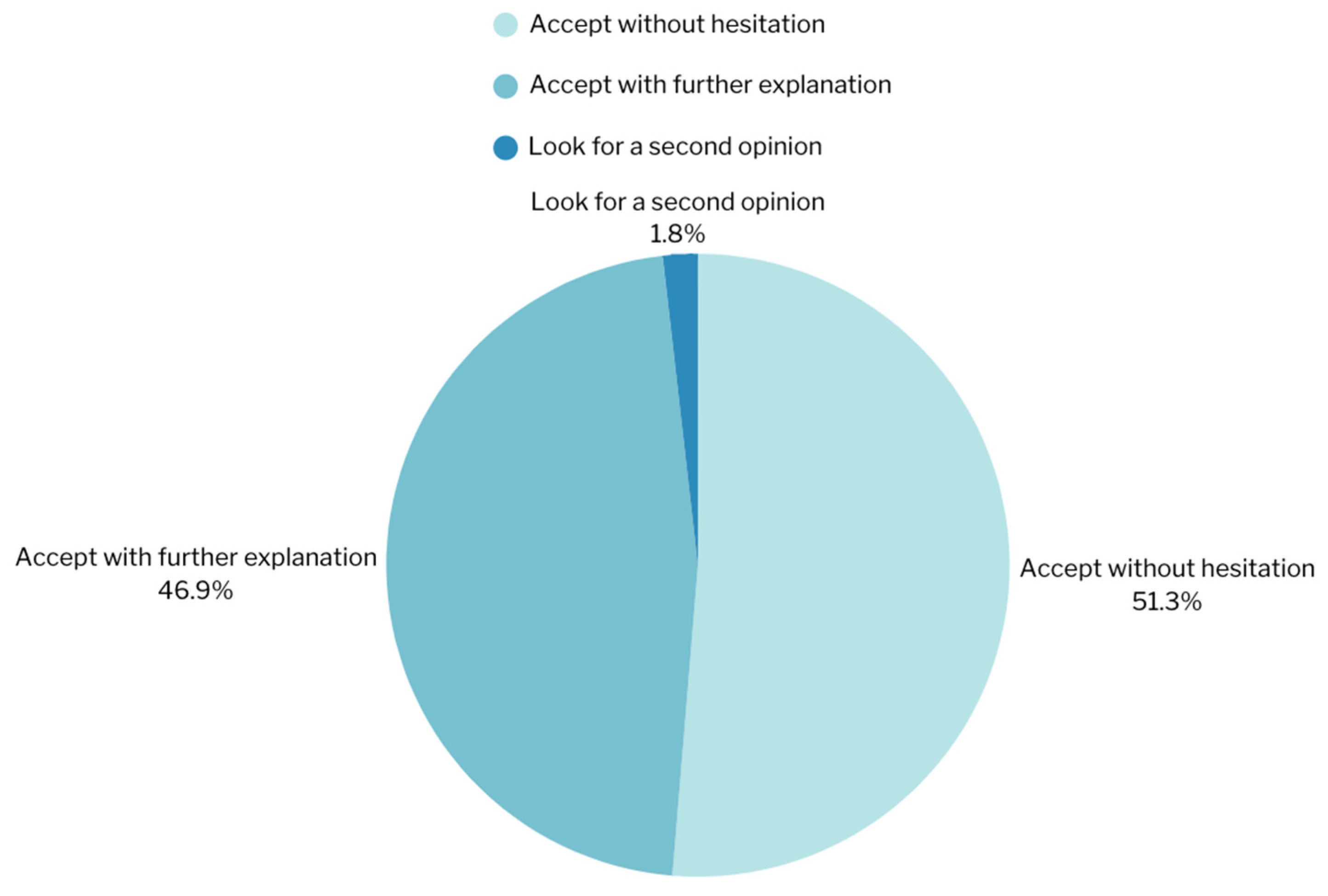1. Introduction
The primary objectives of endodontic therapy are the eradication of bacteria and the elimination of microbial biofilms within the root canal system [
1]. Achieving effective disinfection remains a significant clinical challenge, particularly in complex anatomical areas where conventional instrumentation and irrigation may be insufficient [
2]. In this context, laser-activated irrigation has emerged as a promising adjunctive technique [
3], specifically designed to enhance the penetration and efficacy of irrigating solutions during root canal treatment [
4,
5].
Laser-assisted protocols have been shown to improve clinical outcomes by increasing the antimicrobial effect [
6], facilitating the removal of the smear layer [
7], and promoting more effective cleaning of intricately shaped canals [
8]. Depending on the laser type and settings used, additional benefits may include stimulation of tissue healing and regeneration, thereby contributing to long-term treatment success [
6]. Moreover, the application of laser technology in endodontics may reduce postoperative discomfort [
9,
10] and shorten treatment time, offering both clinicians and patients a more predictable and efficient therapeutic approach [
5].
Given its capacity to access areas that are often unreachable by traditional methods and its potential to significantly enhance disinfection protocols [
11], the integration of lasers into routine endodontic practice warrants careful consideration [
12]. However, despite these potential benefits, the perceptions, awareness, and emotional responses of patients regarding laser use in endodontic treatment remain underexplored. Understanding patients’ receptiveness to such innovations is essential for guiding clinical decision-making and improving the overall patient experience.
2. Materials and Methods
This study was conducted among 503 individuals, of whom only 501 responses were considered valid, as 2 participants did not complete the questionnaire. Inclusion criteria comprised patients residing in the Lisbon district who had previously attended at least one dental appointment, while dental practitioners were excluded from participation. The anonymous questionnaire aimed to assess patients’ knowledge, perceptions, and understanding of the implications of laser use in endodontics, as well as to evaluate their receptiveness to such treatment and the emotions it evokes. Data collection was carried out via Google Forms between January and May 2025.
3. Results and Discussion
A total of 503 individuals participated in the study, of which 501 responses were deemed valid; 2 were excluded due to incomplete questionnaire submissions. The most common age group among respondents was 20–30 years, followed by the 40–50-year age group. With regard to gender distribution, 52.1% of participants identified as male and 47.7% as female, while 0.2% preferred not to disclose their gender (
Figure 1).
Overall, 61.4% of respondents were aware that lasers can be utilised in medical/dental procedures. Additionally, 66.6% reported having undergone at least one endodontic treatment in the past. However, a substantial majority, 95.8%, had never received any form of dental treatment involving the use of laser technology.
Participants were also asked how they would react upon learning that their dental treatment would involve the use of a laser. The majority, 62.1%, stated that they would feel confident in their dentist, while 30.3% reported feeling curious, 4.0% enthusiastic, and 2.4% expressed doubt but would still accept the treatment. Only 1.2% indicated that they would feel apprehensive (
Figure 2).
When questioned about their response if a dentist specifically recommended the use of lasers in endodontic therapy, 51.3% stated they would accept the treatment without hesitation, whereas 46.9% would agree but would prefer to receive further explanation beforehand and 1.8% would look for a second opinion (
Figure 3).
The findings of this study suggest several important conclusions regarding patients’ awareness, previous exposure, and receptiveness to the use of laser technology in endodontic procedures. Although a substantial proportion of participants, 61.4%, reported being aware that lasers can be utilised in dental treatments, the vast majority, 95.8%, indicated that they had never undergone any dental procedure involving the use of laser technology. This discrepancy highlights a limited clinical application or visibility of laser-based treatments within the surveyed population, despite moderate general awareness.
Notably, patients demonstrated a predominantly positive attitude towards the potential use of lasers in their own dental care. When asked how they would react if informed that their treatment would involve laser technology, most respondents expressed confidence in their dentist, 62.1%, or curiosity, 30.3%, or enthusiasm, 4%. Only a small minority reported doubt, 2.4%, or apprehension, 1.2%. These findings suggest a high level of receptiveness to laser-assisted treatments, provided that patients are informed and trust their clinician.
Furthermore, when presented with a hypothetical recommendation by their dentist to use a laser in endodontic therapy, 51.3% of participants stated they would accept the treatment without hesitation, while 46.9% would agree but expressed a desire for further explanation. This underscores the critical role of effective patient–practitioner communication, particularly when introducing technologies that may be unfamiliar to the general public.
4. Conclusions
Laser technology is increasingly becoming a part of contemporary clinical dental practice, and the results of this study suggest that patients generally welcome its integration.
Although direct experience with laser-assisted procedures remains limited among the population surveyed, the overall attitude was markedly positive. Most respondents expressed either trust in their dentist or curiosity when presented with the idea of laser use in endodontics, with only a very small proportion indicating doubt or apprehension. Furthermore, over half of the participants would accept laser treatment without hesitation if recommended by their dentist, while nearly all others would accept it with additional explanation—highlighting the key role of communication in facilitating acceptance of new technologies.
These findings underscore the potential of laser technology not only as a clinical tool but also as a means of enhancing the patient experience. In fact, the use of advanced technology appears to instill greater confidence in patients regarding the treatments they receive, reinforcing the perception of competence and innovation in dental care. As such, its broader implementation may contribute to increased patient satisfaction and perceived quality of care. Future research should focus on identifying barriers to its routine use in dental practice, as well as evaluating long-term clinical outcomes and patient-reported experiences associated with laser-based endodontic treatments.
Author Contributions
Conceptualization, M.A.D.; methodology, M.A.D.; validation, M.A.D., J.A.N. and J.F.-F.; formal analysis, M.A.D.; investigation, M.A.D.; resources, M.A.D.; data curation, M.A.D., J.A.N. and J.F.-F.; writing—original draft preparation, M.A.D.; writing—review and editing M.A.D., J.A.N. and J.F.-F.; visualisation, M.A.D.; supervision, M.A.D. and J.A.N. and J.F.-F.; project administration, M.A.D.; funding acquisition, M.A.D. All authors have read and agreed to the published version of the manuscript.
Funding
This research received no external funding.
Institutional Review Board Statement
This study was conducted in accordance with the ethical principles of the Declaration of Helsinki and was approved by the University of Salamanca as part of the CD309748 PhD research project (1 October 2024) in Salamanca, Spain.
Informed Consent Statement
Informed consent was obtained from all subjects involved in the study.
Data Availability Statement
Conflicts of Interest
The authors declare no conflicts of interest.
References
- Tonini, R.; Salvadori, M.; Audino, E.; Sauro, S.; Garo, M.L.; Salgarello, S. Irrigating Solutions and Activation Methods Used in Clinical Endodontics: A Systematic Review. Front. Oral Health 2022, 3, 838043. [Google Scholar] [CrossRef]
- Kimura, Y.; Wilder-Smith, P.; Matsumoto, K. Lasers in endodontics: A review. Int. Endod. J. 2000, 33, 173–185. [Google Scholar] [CrossRef] [PubMed]
- Meire, M.A.; Bronzato, J.D.; Bomfim, R.A.; Gomes, B.P.F.A. Effectiveness of adjunct therapy for the treatment of apical periodontitis: A systematic review and meta-analysis. Int. Endod. J. 2023, 56, 455–474. [Google Scholar] [CrossRef] [PubMed]
- Anagnostaki, E.; Mylona, V.; Parker, S.; Lynch, E.; Grootveld, M. Systematic Review on the Role of Lasers in Endodontic Therapy: Valuable Adjunct Treatment? Dent. J. 2020, 8, 63. [Google Scholar] [CrossRef] [PubMed]
- Boutsioukis, C.; Arias-Moliz, M.T. Present status and future directions—Irrigants and irrigation methods. Int. Endod. J. 2022, 55 (Suppl. S3), 588–612. [Google Scholar] [CrossRef] [PubMed]
- Ribeiro, L.; Fischer, B.V.; Vitali, F.C.; Santos, P.S.; Teixeira, C.d.S.; Queiroz, Í.O.d.A.; Sivieri-Araujo, G.; dos Santos, P.H.; Garcia, L.d.F.R. Advances in laser-assisted regenerative endodontic procedures: A scoping review. J. Dent. 2025, 158, 105783. [Google Scholar] [CrossRef] [PubMed]
- Guidotti, R.; Merigo, E.; Fornaini, C.; Rocca, J.-P.; Medioni, E.; Vescovi, P. Er:YAG 2,940-nm laser fiber in endodontic treatment: A help in removing smear layer. Lasers Med. Sci. 2014, 29, 69–75. [Google Scholar] [CrossRef] [PubMed]
- Liapis, D.; De Bruyne, M.A.A.; De Moor, R.J.G.; Meire, M.A. Postoperative pain after ultrasonically and laser-activated irrigation during root canal treatment: A randomized clinical trial. Int. Endod. J. 2021, 54, 1037–1050. [Google Scholar] [CrossRef] [PubMed]
- Huang, Q.; Li, Z.; Lyu, P.; Zhou, X.; Fan, Y. Current Applications and Future Directions of Lasers in Endodontics: A Narrative Review. Bioengineering 2023, 10, 296. [Google Scholar] [CrossRef] [PubMed]
- Sen, O.G.; Kaya, M. Effect of Root Canal Disinfection with a Diode Laser on Postoperative Pain After Endodontic Retreatment. Photobiomodul. Photomed. Laser Surg. 2019, 37, 85–90. [Google Scholar] [CrossRef]
- Morsy, D.A.; Negm, M.; Diab, A.; Ahmed, G. Postoperative pain and antibacterial effect of 980 nm diode laser versus conventional endodontic treatment in necrotic teeth with chronic periapical lesions: A randomized control trial. F1000Research 2018, 7, 1795. [Google Scholar] [CrossRef] [PubMed]
- Pandiyan, R.; Lehl, G.K.; Kumar, R.; Sharma, U.; Jagachandiran, V.V. Assessing the efficacy of Laser pulpotomy versus conventional pulpotomy in primary teeth: A systematic review and meta-analysis of clinical trials. Lasers Med. Sci. 2024, 39, 198. [Google Scholar] [CrossRef] [PubMed]
| Disclaimer/Publisher’s Note: The statements, opinions and data contained in all publications are solely those of the individual author(s) and contributor(s) and not of MDPI and/or the editor(s). MDPI and/or the editor(s) disclaim responsibility for any injury to people or property resulting from any ideas, methods, instructions or products referred to in the content. |
© 2025 by the authors. Licensee MDPI, Basel, Switzerland. This article is an open access article distributed under the terms and conditions of the Creative Commons Attribution (CC BY) license (https://creativecommons.org/licenses/by/4.0/).









